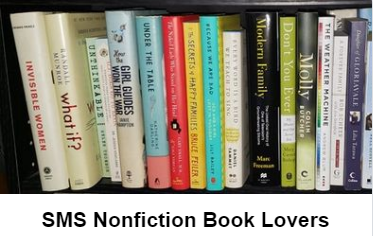Okay first thing you have to know is this book was published in 1995 so it’s a bit outdated. The stats are mostly comparing childhoods in the 50’s to childhoods in the 80’s. However despite this, I liked this book and found it quite insightful and unfortunately true. The book is also centered on the United States but the stats for Canada probably aren’t much better. Either way, the 2000’s have only gotten more socially toxic so that some of what James Garbarino is warning us about has already come true.
Here are the chapter headings: What Childhood Ought to Be, Drawing Our Children’s Social Maps, Stability: Making Families Strong, Security: Making Our Kids Safe, Affirmation and Acceptance: Creating Identity for Children, Time Together: Making Human Beings Human, Values and Community: Becoming Part of the Bigger Picture, Access to Basic Resources: Achieving Economic Justice, Thriving: Taking Responsibility for the Future and a Resources section: What We Can Do From A to Z.
I found the chapter on Social Maps very interesting. The basic idea is that as children grow, they are creating a social map in their head that tells them their place in the world. It is…
“a map brought to life in behavior as it arises and is understood by the individual and the community. Life draws the child’s map; each child sees the world through lenses of culture, temperament, and individual experience. The child proceeds with the drawing of this map in response to experiences that arise from the social systems of family, school, neighborhood, church, community, society and culture.” – pg. 23
I also found this quote, at the end of the chapter to be very true and wise:
“Children are like sponges; they soak up what is around them and then release it when squeezed.” – pg 40
In the chapter on Stability, kids of the 90’s thoughts on sitcoms that show life in the 50’s or 60’s is mentioned. I found this very interesting:
“To him the TV families of the 50s and early 60s seem “more formal, and a bit more strict.” But he adds, this is good. He admires the “stability: of these families and their “kindness” – in contrast to the “out of control” families he knows – “divorced families” as he calls them.” – pg 43
Another favourite section of mine is “What Makes a Family Successful.”
These two quotes from the chapter on Security shocked me:
“In 1993, more children were killed in acts of violence in the United States than ever died from polio in any year of the epidemic.” (emphasis mine) – pg 72
“I spoke with a third-grade class in a middle-class suburb in which a third of the children told me they knew where to get a gun “if they needed on.” – pg 74
Overall the book got me really thinking about the environment I’m raising my children in and I think this is a topic more parents should be knowledgeable in. Unless the author chooses to write and updated version, this one will have to do. It does get the job done though. It provides the necessary information and I’m glad I read it.









